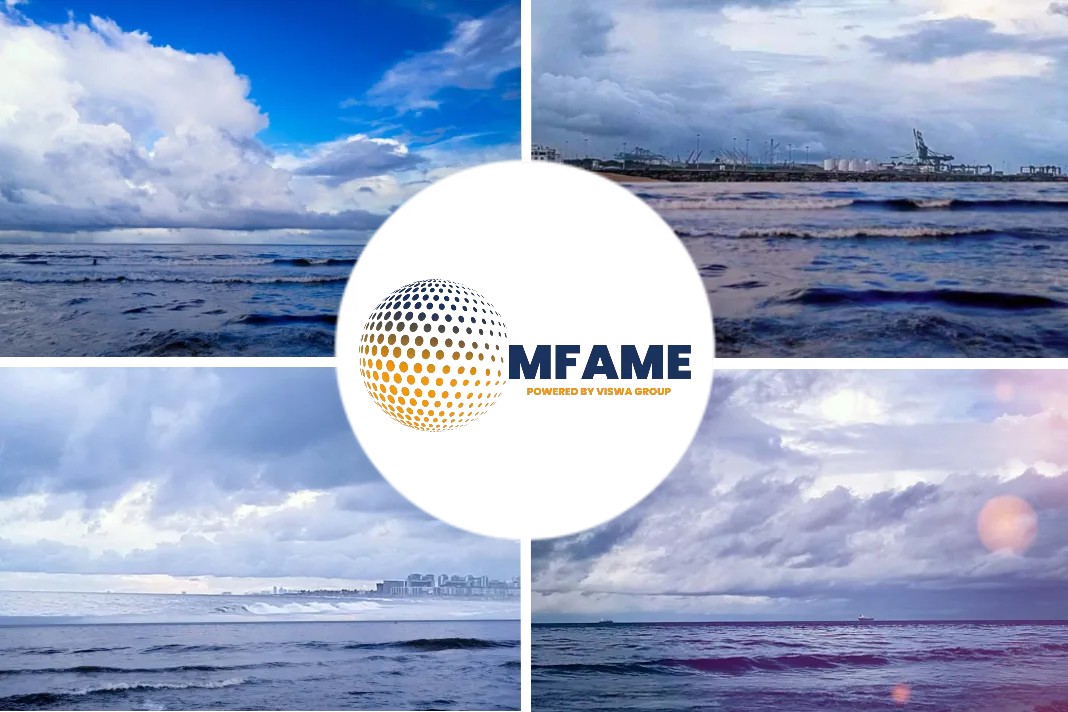Liquefied natural gas tankers are taking longer-than-usual journeys to deliver cargoes and spending more time idling at sea in a sign some traders are starting to use vessels for storage, reports Bloomberg Quint.
Logistical and Weather issues
There may be other reasons for keeping the cargoes on the water, including logistical or weather issues, such as a monsoon in India. But with spot prices near their lowest since April 2016, sellers may be betting that they will rise as the northern hemisphere heating season approaches.
“It is saying one thing for sure: people are not too worried about shipping length,” said Jean-Christian Heintz, head of LNG broking at SCB Brokers SA in Nyon, Switzerland.
“Whether they are waiting for a logistical or trading or pricing issue they do not worry about the time they spend at sea, meaning that there is no hurry in going back and loading the next cargo.”
Application of floating storage
The use of floating storage this long before the heating season is unusual because of the costs of keeping natural gas in its liquid form and indicates how trading in LNG, the fastest-expanding fossil fuel commodity, is becoming more like the bigger crude oil market.
It is also partly thanks to the shale boom that transformed the U.S. into the third-largest exporter, increased spot trading, linked prices increasingly to gas hubs rather than oil and spurred a global drive for more flexible contracts.
LNG tanker owners GasLog Ltd. and Flex LNG have said that they are seeing increased inquiries from traders to use ships as floating storage.
That will likely intensify in September and beyond to hold fuel before the heating season officially begins in October.
Heintz said, “We haven’t seen that happen too often. That would be also interesting to see if we see cargoes floating for more than one month.”
Winter prices influencing floating storage
Cheniere Energy Inc., the biggest U.S. LNG exporter, said last week it sees a premium in winter prices encouraging floating storage, especially considering the premium of longer-term prices to short-term ones, known as a contango. Lower spot shipping rates also encourage the longer use of vessels.
“The market does as a whole look at the contango in the forward curve and assess if there is a floating storage possibility,” said Jonathan Westby, co-managing director of Centrica Plc’s energy marketing and trading unit.
He added, “If you look at the shape of the curve now for that period of time in the autumn, there is the possibility of people taking floating storage.”
Decision on the prices
- “Even with heavy supply maintenance during a summer cooling month we should expect a weak LNG market in shoulder months September-November,” Nick Boyes, senior gas and LNG analyst at Swiss utility and trader Axpo.
- “There is still potential near-term downside to both the U.S. Henry Hub prices near $2/mmbtu and the record low Asian LNG spot prices near $4/mmbtu”: Muqsit Ashraf, global energy lead for Accenture Strategy.
- “Long-term spot prices in Asia should, however, based on fundamentals, exceed $5” but remain below double digits.
Floating storage – a risky business
The use of floating storage is a risky business because anticipated heating demand may be softer, as happened last winter, and charter rates may shoot up to new records, as already forecast by the shipowners.
“People are sophisticated enough to know that if they are going to entertain that proposition that they need to do appropriate risk management,” Westby said.
“We would certainly look. If the market is telling us to delay the deliveries and make them later in the year then we will respond to that accordingly.”
Floating vessels
The following vessels may be engaged in floating storage, according to Nathalie Leconte, an analyst at cargo tracker Kpler:
- BP Plc’s British Partner off Cyprus.
- Bushu Maru in the Philippine Sea.
- Diamond Gas Orchid off Japan.
- Adnoc’s Shahamah off India’s west coast.
- LNG Juno was floating off Sri Lanka but is now en route to the United Arab Emirates.
- BP didn’t immediately reply to requests for comments. Adnoc didn’t respond to a request for comment during a public holiday in the United Arab Emirates. The owners of the other ships couldn’t immediately be reached.
Other unusual moves:
- Maran Gas Alexandria waited outside Bahia, Brazil, for 10 days then unloaded what appears to be a partial cargo, according to ship-tracking data on Bloomberg.
10-day wait. - SK Audace last month made a month-long journey around South America from Cheniere’s Sabine Pass production plant in Louisiana to Manzanillo, Mexico. The Panama Canal authority confirmed the vessel didn’t ask to go through the canal, which would have made the journey much shorter.
Did you subscribe to our daily newsletter?
It’s Free! Click here to Subscribe!
Source: Bloomberg Quint




















